27.9.2016 - 29.9.2016
Routinely I pull my phone from the pocket to check Whatsapp messages, Facebook and th news. This time net surfing is over before it even started.
The lack of internet connection is a bless and a curse at the same time: It cuts down the unnecessary web usage but makes it more challenging to find addresses and sleeping places. The solution is to plan more beforehand and use printed guides.
Uluru - On the sacred site
Fortunately the Google Maps wasn’t needed for the next destination.
Ayers Rock - or Uluru as the indigenous Australians call it - is one of the most recognized landmarks in Australia. Getting there is not too difficult, thanks to very simple road network in Northern Territory of Australia. From Alice Springs we should drive 200 km south and 200 km west. Uluru is a sacred site for aboriginals as are many other nature areas in the state of Northern Territory.
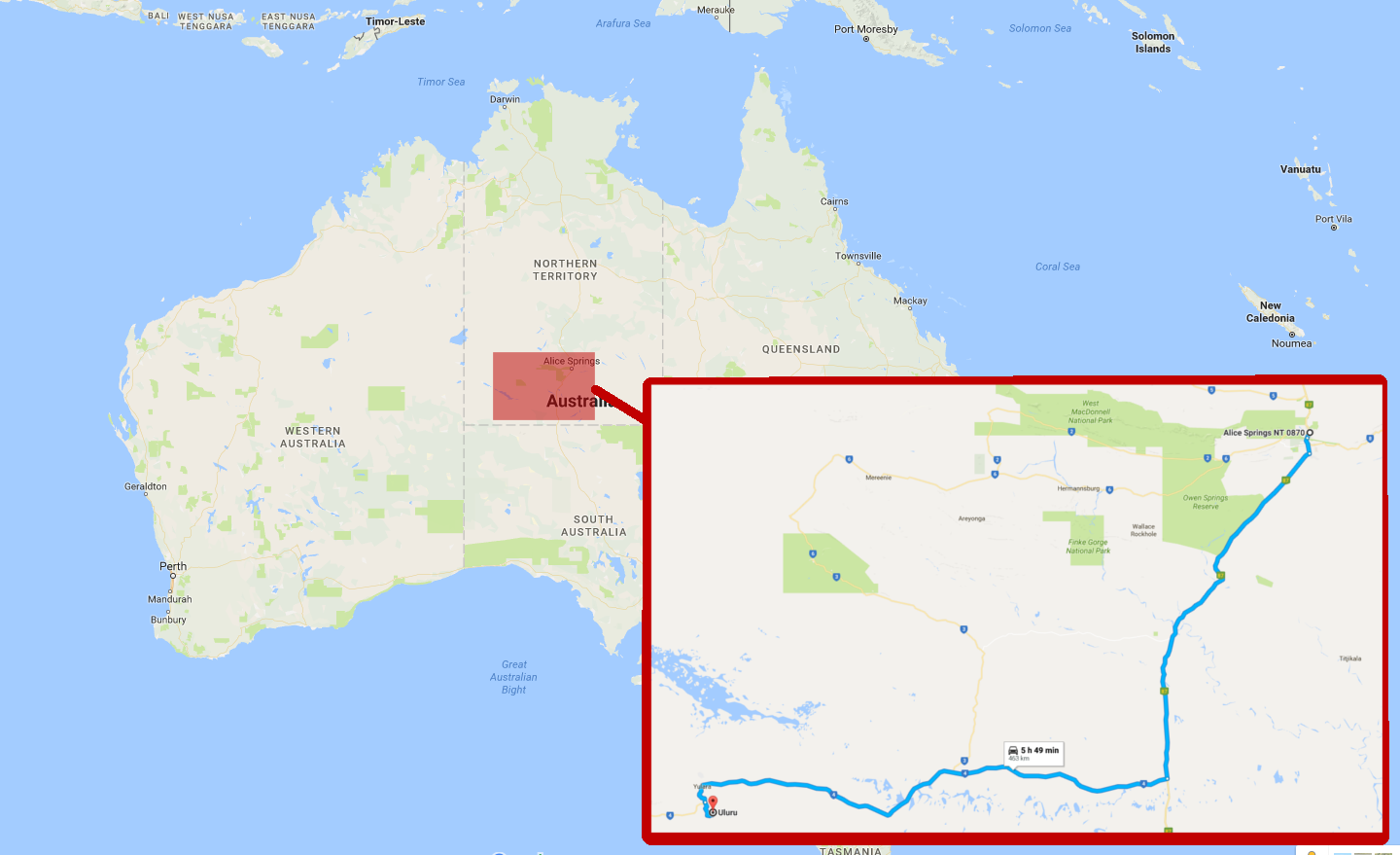
After a few hours of driving something massive looms in the horizon. The rock is much bigger than what you would think from the pictures. The mighty chunk tops at respectful 350 meters while the circumference is almost 10 kilometers. During the sunset the boulder looks absolutely magical. We take photos and drive back to nearby campground.
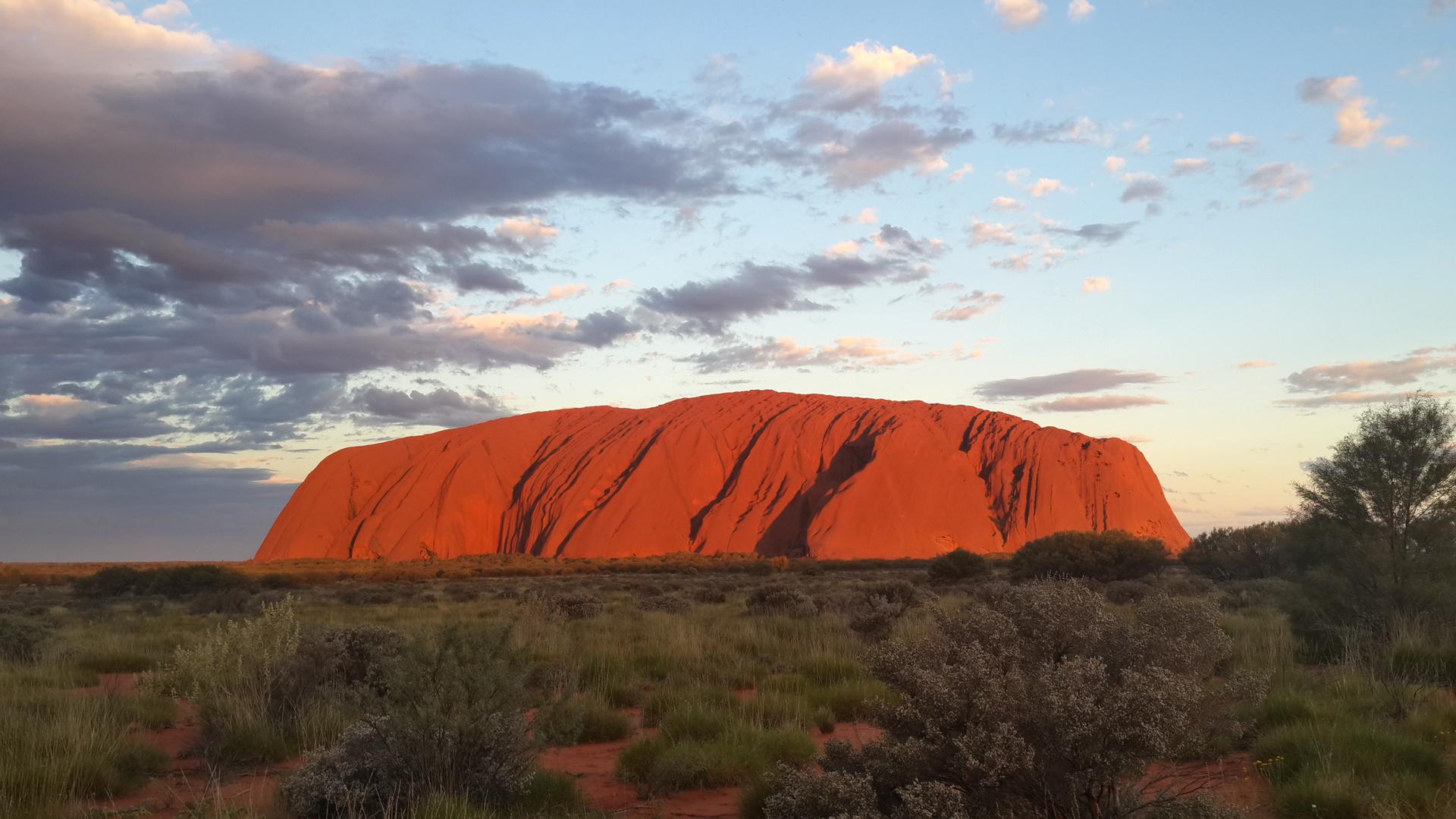
An Australian style survival camp
At the campground the trip started to remind a survival camp - at least in the head of a fully urbanized technology student. Living without a mobile network would have been enough for me.
As I previously told the trunk of our car worked as our food storage. In the outback there were grocery stores only every 3-5 days in our track. This meant that meat and other products with short shelf life would be scarcity. My diet consisted mostly these ingredients:
- Rice, pasta, bread, rolled oats
- Peas, tomato sauce, canned fruits
- UHT milk and eggs
- Banana, apple, onion and avocado
Even though the list may seem quite limited it easily fulfilled my nutrition needs. Considering that a meatless diet is a remarkable environmental act during these polluted times the menu either didn’t contain any added sugar. The extra kilos gained from the last week’s student excursion started quickly disappear from the waistline.
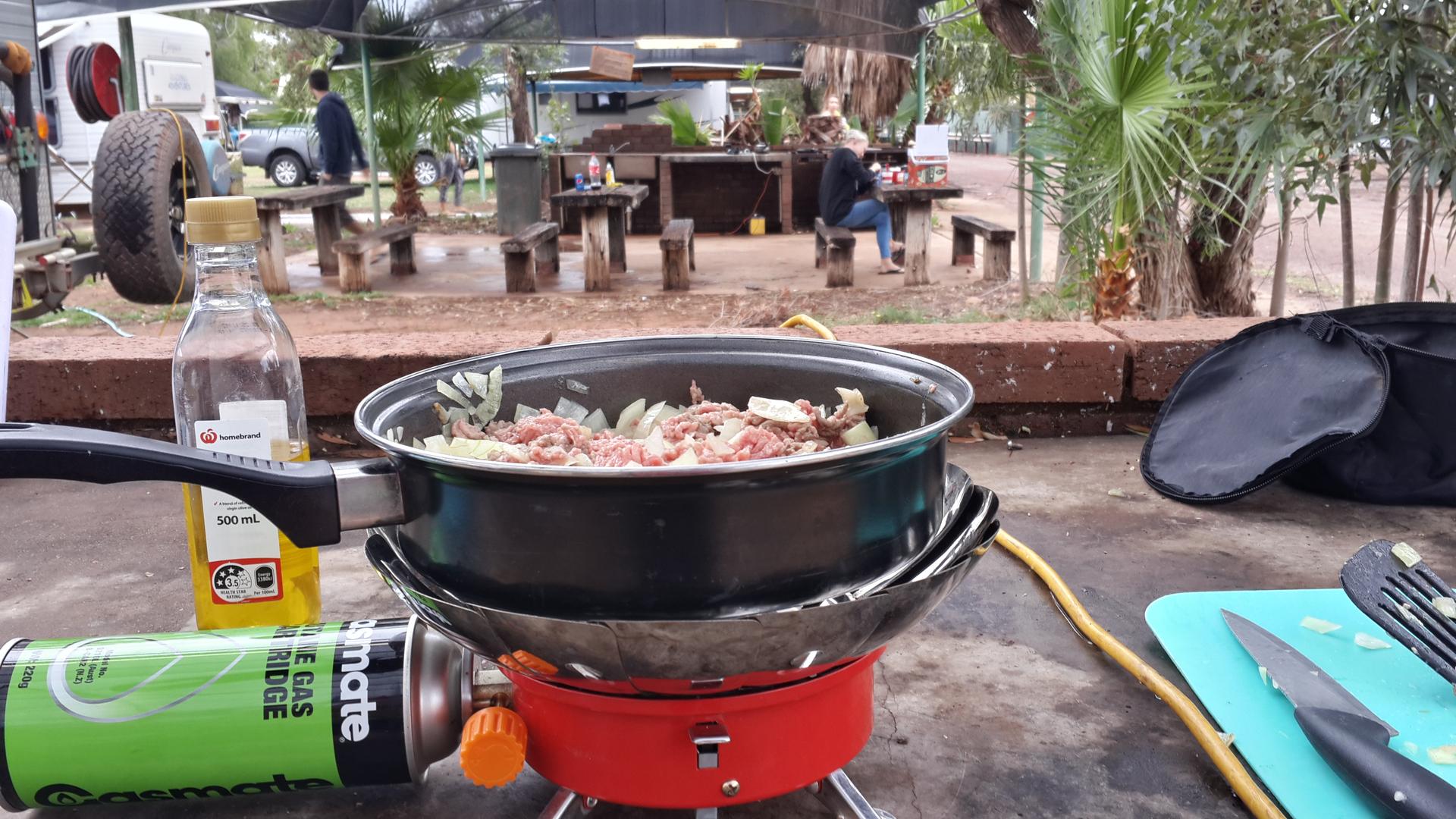
As the Uluru’s campground was the only human built structure in kilometers the Australian fauna started to make friends with me. Spiders and lizards in outdoor toilets were quite okay but those huge grass hoppers flying towards my face were absolutely disgusting in the darkness.
Also the dingos smelled my fabulous cookings and came for the food. Everything felt much bigger than anywhere else. But in fact not so many creatures are as deadly as the rumours tell. There are effective antivenomes for spider and snake bites for example.
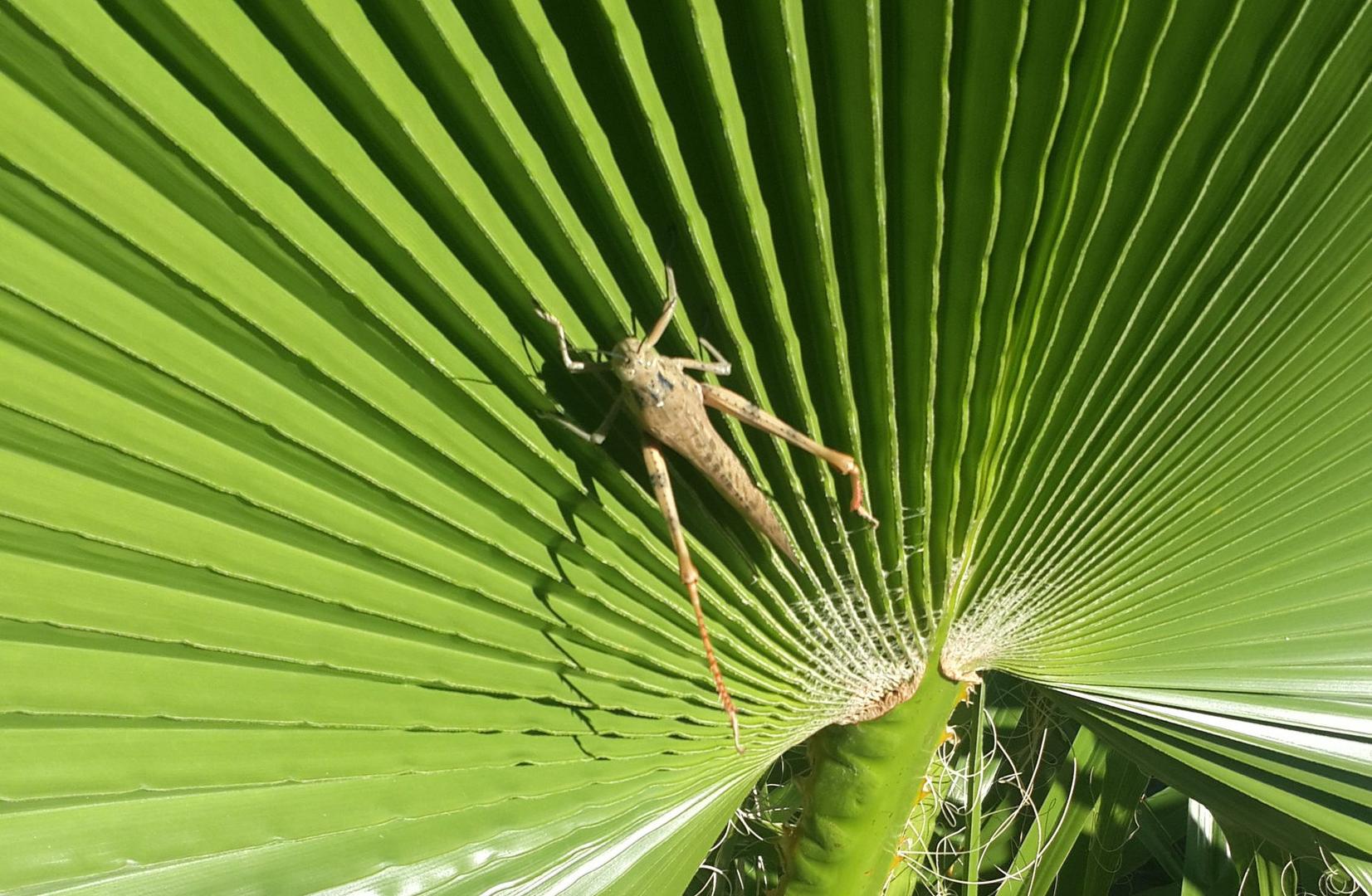
During the day and the evening I started to miss many everyday things that are usally taken for granted: Lighting, electricity, tap water, bed, heat and air con. Everything had to be done with minimal resources.
An average Finnish person consumes 150 liters per day but our standard was a 1,5 liters per usage. It was just enough for dishes and even for showering. Day time temperatures were easily over 30 degrees celcius while nights might have been 5-10 degrees - either of the options were ideal. My power bank could store two full mobile phone charges.
Basic jobs like cooking, water supply and preparing to sleep took big portion of the hours during the days. It felt like living a few decades in the past.
What would you take to a deserted island?
The classic question: If you were abandoned in a remote deserted island what would like to have with you? Pick one item. The first idea would be a mobile phone with unlimited mobile data subscription but it’s not the right answer. I answer to a modified question: What was the greatest challenge far away from civilization?
Without a doubt it was clean water. Water was difficult to move in big volumes and often there wasn’t kitchen sinks, shower nozzles or toilet seats that makes it easier to supply the water. At the beginning of the journey I started to appreciate the fact that in my home water is available from the tap whenever needed.
Fact
The middle parts of Australia stayed uncharted for a long time after the first European settlement because of long distances and dry soil. After the first English settlement was founded in Sydney 1788 it took 70 years to make the first exploration through the country. The most famous explorer who discovered the middle parts was a man called John McDouall Stuart . The highway that penetrates Australia from south to north is named after him.
Mass extinction
If we can make it with only 20 or even 100 liters of water per day why we consume 150 liters? The same formula applies to food, products and energy consumption. We eat more than we need and even throw away the rest.
I’m not saying I’m a saint myself when I’m traveling thousands of kilomteres by airplanes and thus releasing fossile fuels to atmosphere. But these issues are worth thinking. The excessive consumption is not bad only for nature as it also increases the workload in the world which makes us more stressed as a result less happy.
I remembered a sign on a hike track telling that after the Europeans arrived to Australia 200 years ago 10% of mammal species have became extinct. Additionally Australians already have to think about the consequences of natural disasters caused by the climate change in future decades.
The threat doesn’t concern only those “useless” plant and animals but also humans. In Australia cyclones, floods and heat are reality.
And I want that it’s possible to swim in the crystal clear waterfalls of northern Australia still after 50 years without worrying about plastic carbage floating on water. And to show photos of the giant grass hopper that still exists to my grand childern.
We will dive deeper in the waterfalls in the next episode.
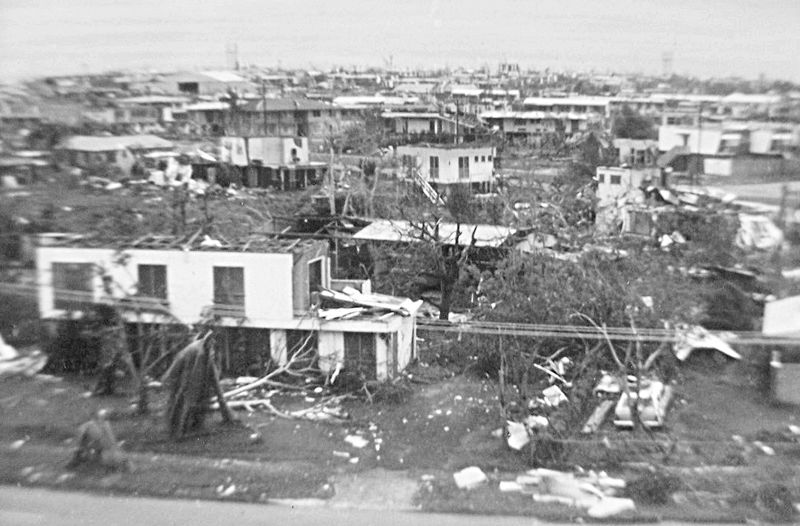
Photo gallery - Uluru, Kata Tjuta and Kings Canyon
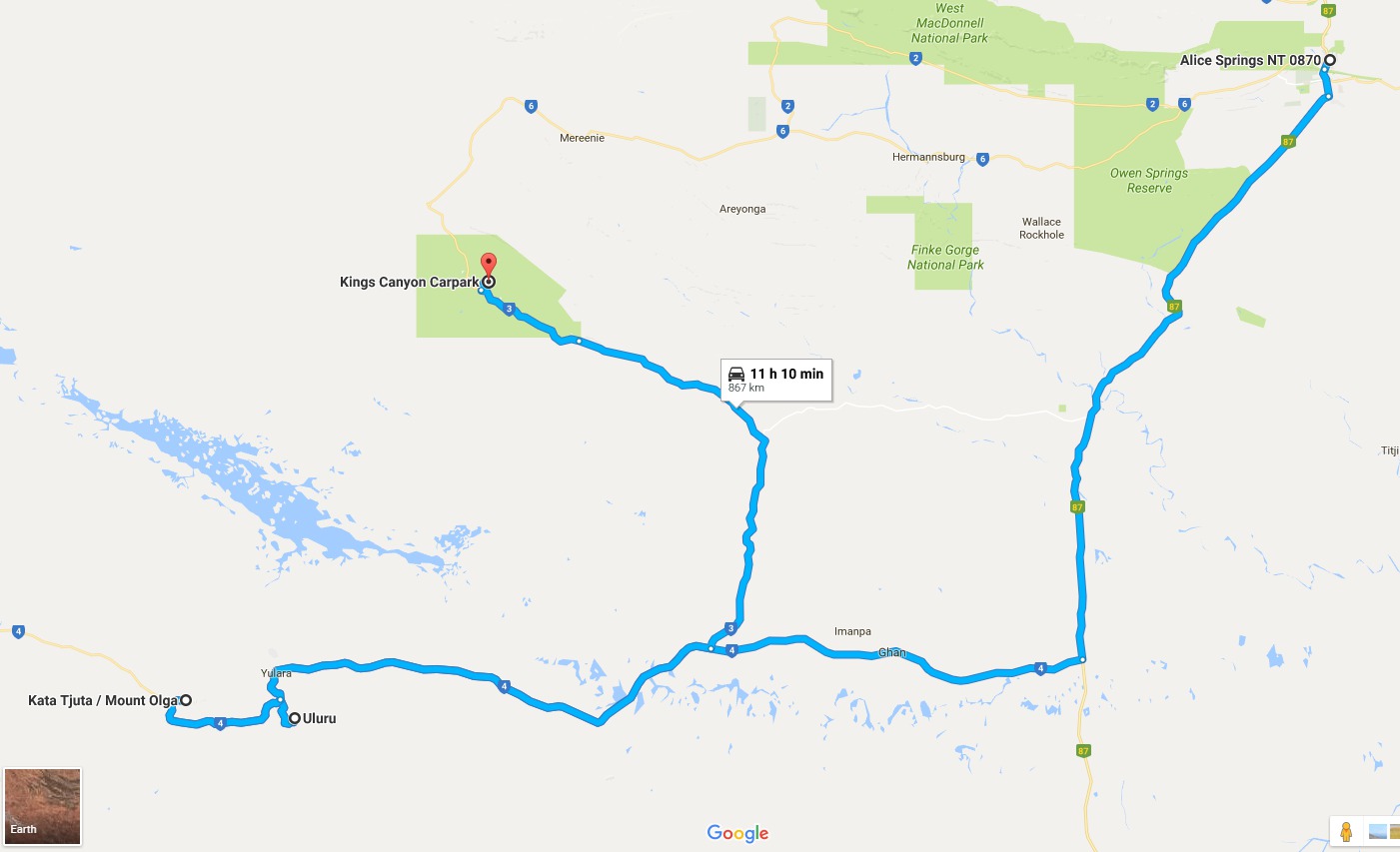

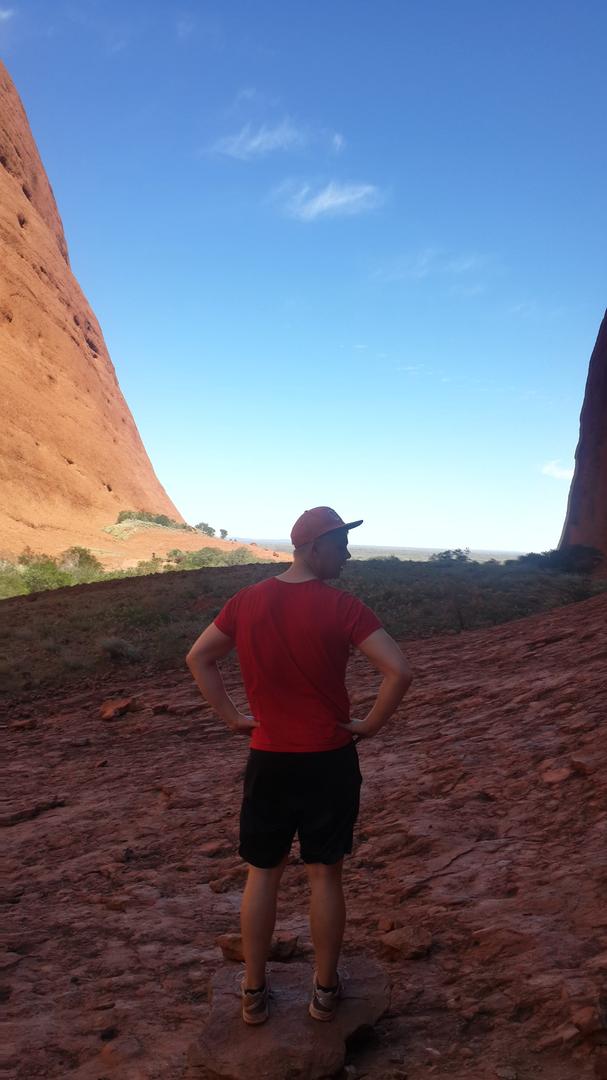
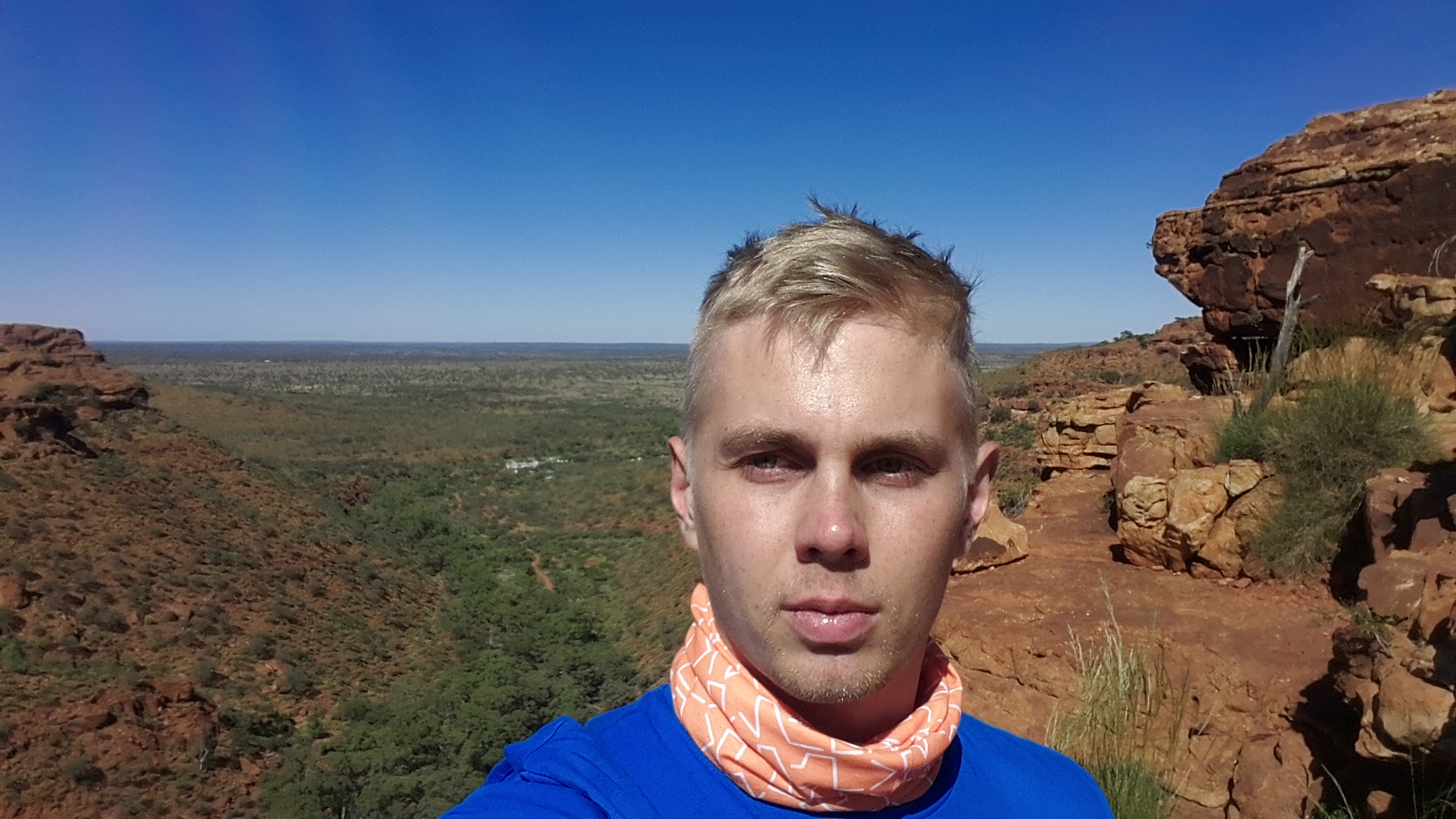
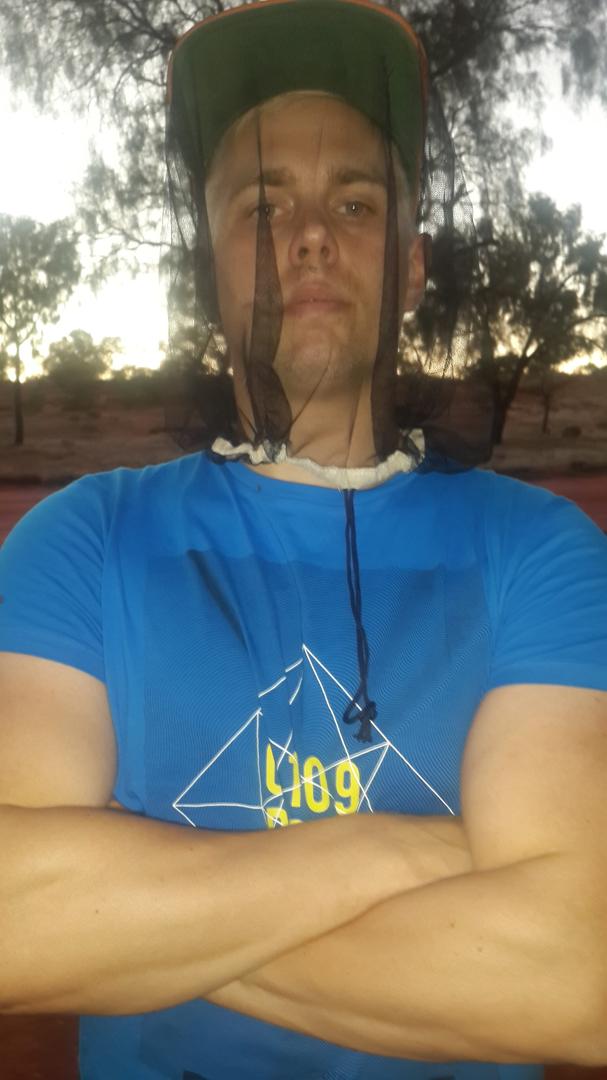
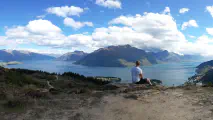
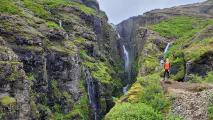
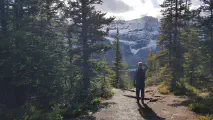
Write a new comment
The name will be visible. Email will not be published. More about privacy.